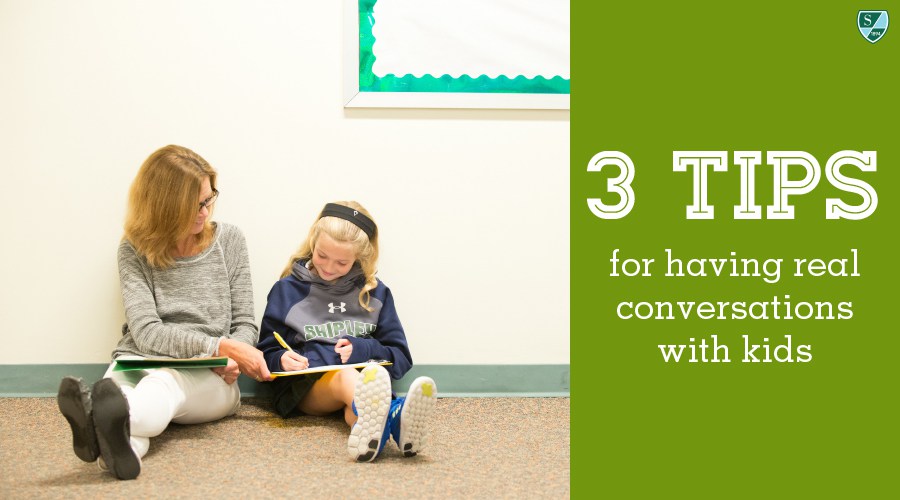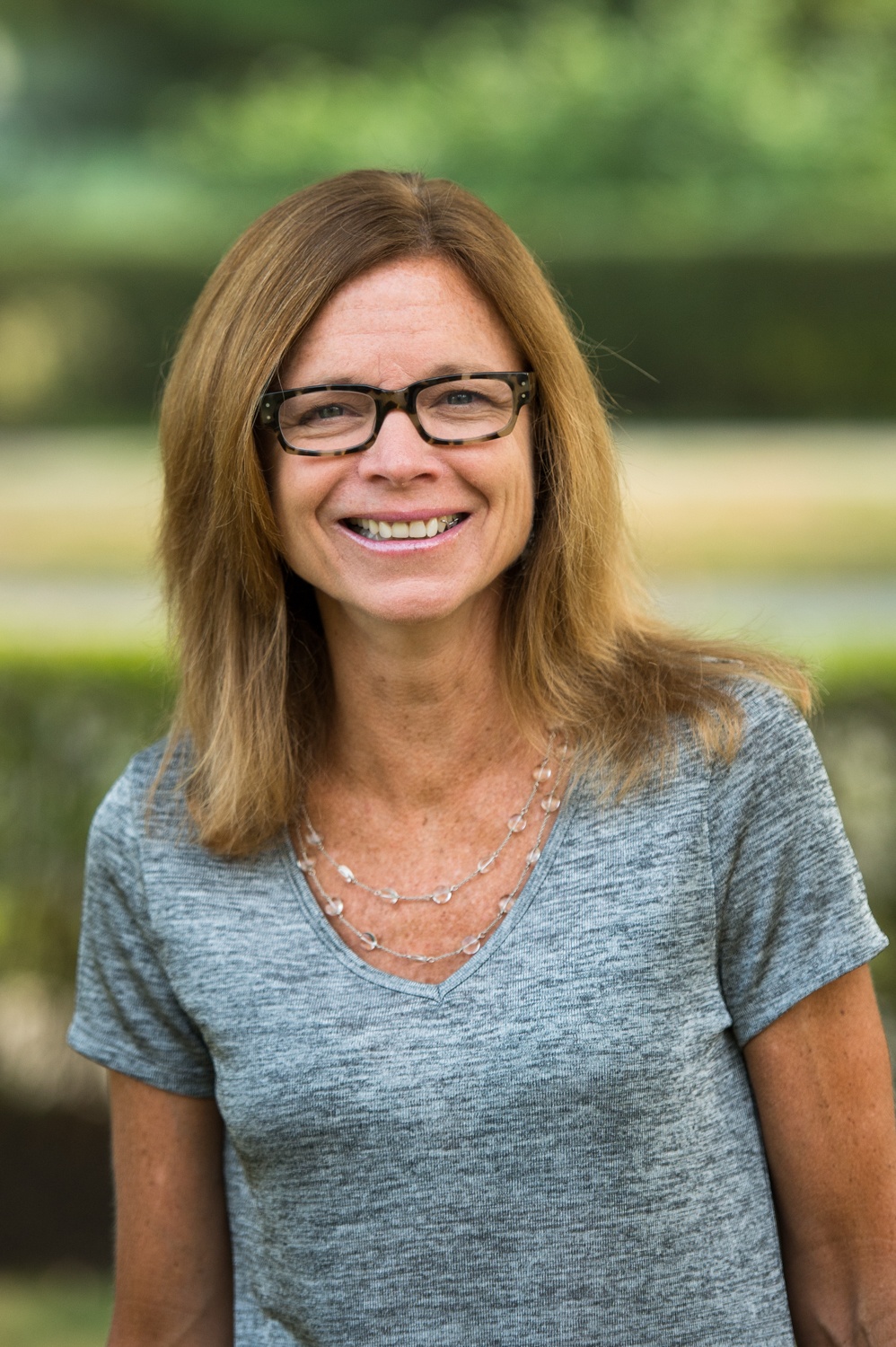Let me set the stage for you: I’m at home, and I’m going into the other room to talk to my son. I step inside, and he’s on his laptop working on something. He sees me, and then it’s swipe swipe – a completely blank screen. Our conversation is shut down before it’s even started. While the concept of how to spark parent/child communication is nothing new, the role of technology is. This is an everyday situation that even just a few years ago, I never would have thought of. As our world grows and changes, we have a whole host of new things to talk about – and one of them is how we can better talk with each other.
- Talk to You Later, Technology
In my classes, I have a rule. The minute you step inside, Technology goes away. That’s not to say technology isn’t a great thing – it certainly has its advantages. But in terms of communication, it’s another barrier between real, face-to-face conversation. Even if it’s only ten minutes a day to ask how each other’s days were, set aside time each day that’s screen-free to really focus on one another. - Relevance, Relevance, Relevance
“What is the social emotional pulse of our society right now?” When I teach my classes, this is what I start with. My conversations with students focus on emotional learning through our SEED (Social, Emotional, and Ethical Development) program. While we’ve had the same focus on SEED and a global view of the world for years, the way we talk about issues is always changing. Think about it: teaching about citizenship after this election is much different from how I taught citizenship ten years ago, five years ago, even last year. Students are always growing – that’s why they call it “growing up” – and our conversations have to grow and change along with them. - Let Students Lead
The best way to find out what’s relevant with kids today is to go straight to the source: the students themselves. Recently, I worked alongside Shipley Upper School students to organize a night with SpeakUp!, an organization that promotes conversations among students, educators, and parents/guardians. What I loved about this experience is that unlike most programs where the adults are in the driver’s seat, this program lets students take the wheel. Rather than having educators and parents determine where the night will go, it’s the students who pick the topics that the event will center around. This way, students are engaged in the conversations because it’s the conversations they actually want to be having.
Learn more about Social, Emotional, and Ethical Development (SEED) at Shipley.










